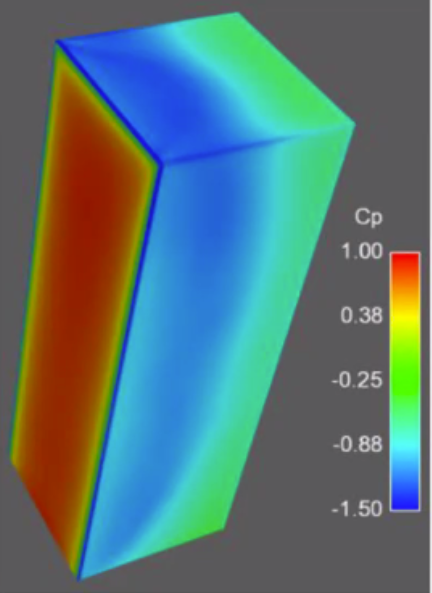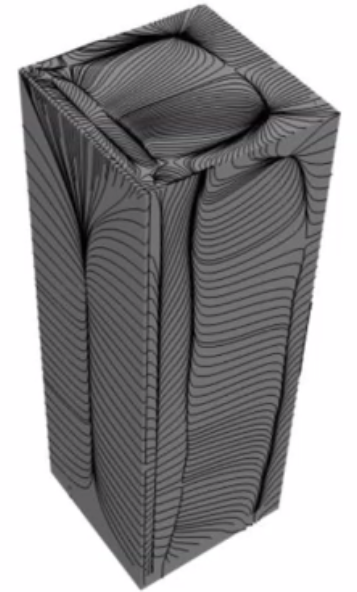The modeling of wind flows in the built environment and the determination of their effects on structures and structural components are part of the field of wind engineering. Tasks and issues are dealt with in practical application using the methods provided in the standard DIN EN 1991-1-4:2010-12 & NA or, in addition, investigated using specially designated wind tunnel tests. The use of computational fluid dynamics (CFD) methods is increasingly coming into focus, but is not yet state of the art for all wind engineering applications.


However, the rapid development of CFD in the last 10 years from very specific simulation tools to powerful multi-physics models and the constant increase in computer performance and capacity have led to an increased presence of such models. Today, a large number of software programs can be purchased commercially or are freely available on the Internet. Interested parties have access to CFD software.


The hurdles are significantly lower than with a physical wind tunnel. Questions inevitably arise when using the programs, when using the data generated with them and during structural testing:
• How reliable are CFD simulation results?
• What does the quality of the simulation results depend on?
• (How) Can simulation results be used in practice?
In order to answer these questions, the working group addresses fundamental aspects of numerical modeling of building aerodynamics in wind engineering. It is crucial to first describe fundamentals and uncertainties and to summarize relevant aspects of quality assurance for numerical modeling.
